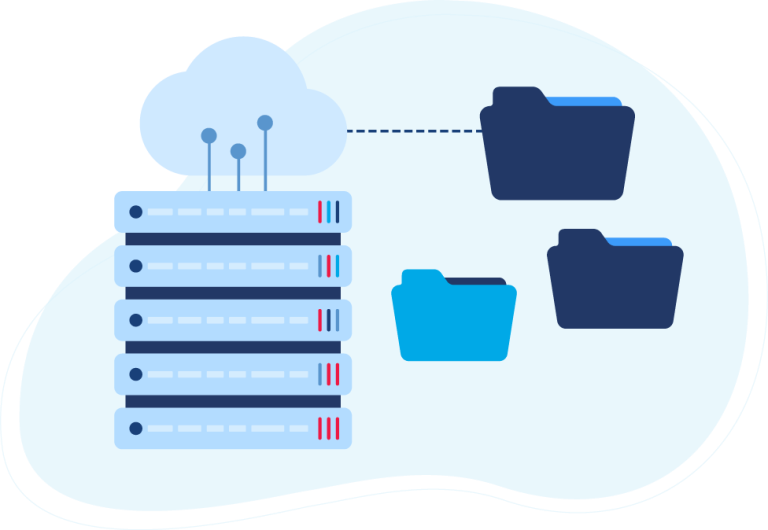One of the greatest benefits VL OMNI and our platform provide is our ability to integrate many niche applications. As every business is different and their processes vary, it’s important that Merchants have the freedom to implement applications that will best suit their business needs. Growing businesses rarely have the time to fully understand their technology solutions, and often fall for false promises, and/or lack a deep understanding of how applications exist and interact within a fully integrated system.
For the future success of your business, it is important you prioritize the time to understand your application stack in and out. This will help you make accurate decisions that will have an immediate impact on your business as it will rely on these applications, platforms, and strategies – good or bad – to operate. Otherwise, you may find yourself going back to the drawing board to find new solutions that actually work for your business after issues have surfaced.
It’s important you ask yourself the following questions as you consider any application:
- What data details can the application actually import and export?
- What method do they use to communicate with other applications?
- How strong are the APIs? Remember that APIs are not all created equal and the quality of an application’s APIs are the lifeblood to connected functionality.
- How does that capability reflect your desired integration strategy?
When you ask questions like these, you position yourself to better understand not only front-end functionality but also the back-end integration abilities. Armed with the proper knowledge, you can plan and choose a more robust and scalable integration solution that will enable you to scale, rather than hinder your business growth.
In fact, functionality shouldn’t just end at the front end of an application. It’s important that you have a high-level integration strategy in mind and see automation as a tool to boost your overall business productivity and operations.
Evaluate your strategy on an ongoing basis and make sure that it lines up with your current and more importantly, your future needs:
- Does the application have the needed data transfer capabilities for your strategy?
- What kind of data needs to be transferred in your integration strategy, and does that data live in the application?
- Can you access that data, and pull it out for uses in other applications?
If you don’t complete a proper analysis of what you need and have no strategy in mind, you’ll find yourself in an uncomfortable position. If you can’t properly connect your applications together, you are facing less than ideal situation when it comes to transmitting key information across your business, like…
Common signs your applications lack of API functionality:
1. Manually entering and transferring data – even at scale.
Without automated data movement that’s strategically linked throughout your technology stack, many growing merchants default to this common work-around. Consequently, this can quickly become a drain on your business by preventing growth and scalability. In the end, you’ll have to hire more team members to manually complete data transfers. This problem could have been avoided by properly understanding the functionality and limits of your applications.
By creating a strategy, you will have foresight into the quality of the APIs on the back-end of applications before implementing them. Therefore, future integrations will allow you to utilize your technology to stay lean and increase your business’ profitability.
2. You’re thinking about cutting your losses from the spending on the application.
Sometimes you just have to rip up the data highway and start over. This isn’t the ideal situation as you’ll be cutting your losses with little to show for it. But if you can’t achieve desired integration functionality through your current applications, you’ll have to look to implement a new application with more robust back-end APIs. Your company will bleed funds unnecessarily as a result as you redo work that could have been done right the first time.
Utilize your technology to its full potential
As you can see, both of your options after a bad or premature technology decision are less than ideal – costing your business time, money, or both. By understanding your long term integration needs and strategy – with all the desired functionality – your business can utilize all the technology to its full potential. You don’t have to implement all the functionality across your entire tech stack immediately, either. VL OMNI works with many companies that look to phase in the development work with manageable chunks, starting with the areas that create the most manual work.
Knowing where you want to go with your business gives your team the ability to slowly build out a fully integrated application stack. You’ll also be able to tackle the areas that are creating the most pressure first, quickly relieving unneeded pressure and enabling continued growth. As you rev up your business, you’ll expand out the applications, avoid redundant functionality, and keep your own internal processes from slowing down your organic growth.
So, how should you approach adding new applications to your application stack?
Start with an integration strategy in mind!
If you can arm yourself with key integration questions during your application search, you can ensure you’re making smart long-term application decisions and investing in technology wisely. VL OMNI has a Connector library with 300+ applications and we have extensive experience with the back-end capability of many of the products currently on the market. We’d love to give you our strategic advice on integrating various applications and help you build a strategy that lines up with your business needs.
Need help building out an integration strategy?
Contact us here.
Editor’s Note: Originally published on May 14, 2019. This post has been revamped and updated for comprehensiveness in June 2020.
 D365 Business Central
D365 Business Central Netsuite
Netsuite




